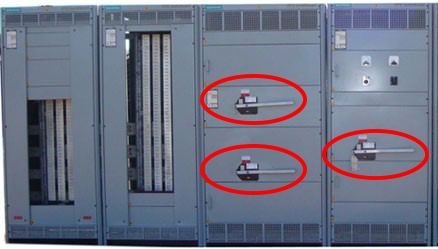A bolted pressure switch (BPS) is a cost-effective device for providing circuit protection and electrical system isolation for buildings, physical plants or industrial plants. These switches are usually installed within low voltage system applications at a relatively inexpensive initial cost with a long lifecycle and a high ampacity rating.
Although these units are a practical solution to diminishing capital, they do come with an added challenge: the need for consistent and reliable maintenance. Whether the brand is Boltswitch, Pringle Switch, BP switch or Bolt-Loc, it is imperative that these assets be subject to regular, routine preventive maintenance.
These switches are usually manually operated and are spring-assisted for opening and closing. As a result, the switches can go long periods of time with inactivity. That inactivity has consequences. The contact grease can harden and the spring-loaded operator can seize. Without routine maintenance, the switch may not open on command or may have trouble closing.
To ensure reliable operation, these units need to be operated, cleaned and tested. Frequently test and operate bolted pressure switches according to the manufacturer’s specifications and NETA’s guidelines. Skipping these steps could have a dire impact on your buildings.

